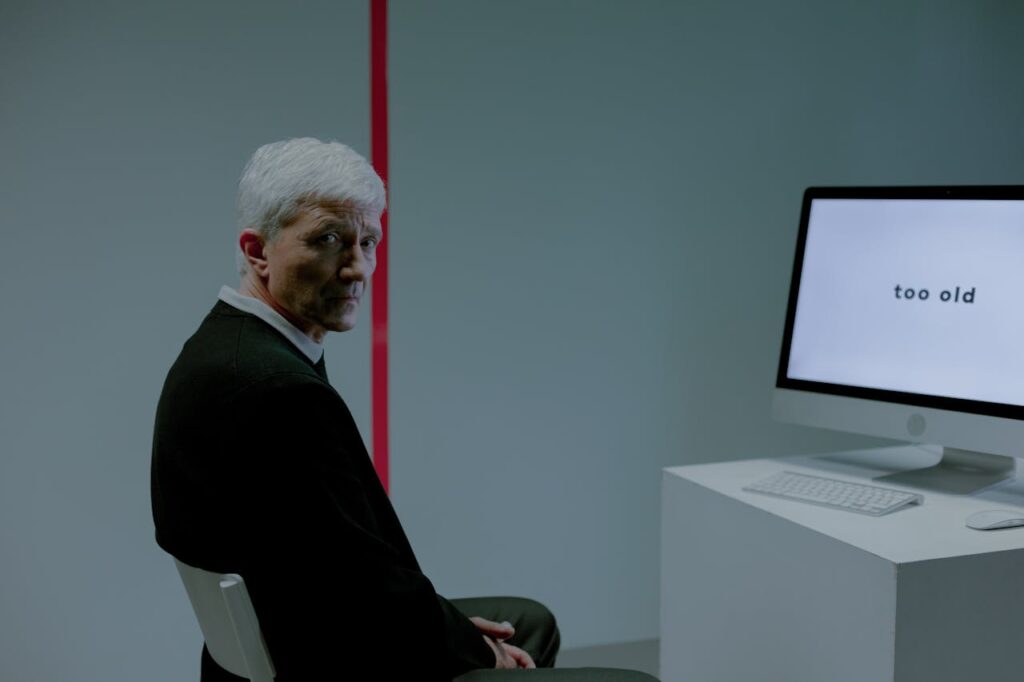7 Common Retirement Myths That Could Cost You Big

Retirement should be a time of comfort and enjoyment after years of hard work, but that vision can quickly turn into a financial nightmare if you fall for some of the common myths surrounding retirement planning. These widespread misconceptions can cause people to underprepare, miscalculate their needs, or make risky assumptions that lead to major setbacks. Whether you are just starting to think about retirement or already nearing the finish line, understanding the truth behind these myths is essential for a secure and fulfilling future. Let’s dive into seven common retirement myths that could cost you big—and how to avoid them.
Myth 1: Social Security Will Cover All Your Retirement Expenses

Many people mistakenly believe that Social Security will be enough to carry them through retirement, but this is far from reality. Social Security was never meant to be a retiree’s sole source of income. In fact, it typically replaces only about 40 percent of your pre-retirement earnings, which is nowhere near sufficient for most people to maintain their standard of living. As healthcare costs rise and inflation chips away at buying power, depending solely on Social Security can lead to financial strain. To safeguard your future, it is important to create multiple income streams for retirement—such as 401(k)s, IRAs, investment accounts, or part-time work—to supplement Social Security and ensure that your basic needs and lifestyle are covered.
Myth 2: You Can Wait Until You Are Older to Start Saving

It is tempting to put off saving for retirement when you are young, especially with other financial obligations like student loans, rent, or raising a family. However, procrastination can be one of the most expensive retirement mistakes. The earlier you start saving, the more time your money has to grow through compound interest. For example, someone who saves $250 a month starting at age 25 can end up with a significantly larger nest egg by retirement than someone who starts saving $500 a month at age 45—even though the latter contributes more money overall. Starting early not only reduces the amount you need to save each month, but it also gives you flexibility and financial freedom in the future. Every dollar saved today is a step closer to a secure retirement tomorrow.
Myth 3: You Will Spend Much Less in Retirement

One of the most persistent myths is that your expenses will drastically decrease once you stop working. While it is true that you may no longer have commuting costs or professional expenses, other costs can rise dramatically. Retirees often spend more on travel, leisure activities, home maintenance, and especially healthcare. The early years of retirement are often the most active and expensive, as many retirees seize the opportunity to travel or explore new hobbies. Moreover, unexpected expenses such as home repairs or medical bills can throw a wrench into your budget. Assuming your expenses will automatically decrease could leave you underfunded. It is wiser to plan for your retirement budget to mirror, or even exceed, your current lifestyle to stay financially comfortable throughout all stages of retirement.
Myth 4: Medicare Will Cover All Your Healthcare Needs

While Medicare provides essential health coverage for those 65 and older, it does not cover everything. Many retirees are surprised to learn that Medicare does not include coverage for long-term care, dental work, hearing aids, or vision care. Even for covered services, there are still premiums, deductibles, and co-pays to consider. These costs can quickly add up. According to some estimates, a retired couple may need over $300,000 to cover healthcare expenses throughout retirement—and that figure continues to grow with inflation and medical advancements. To protect your retirement savings, it is wise to look into supplemental insurance policies, consider long-term care insurance, and build a health savings account (HSA) during your working years to cover future medical costs.
Myth 5: You Do Not Need to Worry About Inflation

Inflation is a slow and steady financial threat that is easy to overlook but impossible to ignore over time. While it might seem manageable now, over a 20- to 30-year retirement period, inflation can dramatically reduce your purchasing power. What costs $50,000 today could cost over $80,000 in two decades. If your retirement income does not increase to keep pace with rising prices, you could find yourself forced to make difficult decisions later in life. Investments that generate fixed income without inflation protection—like some pensions or annuities—may lose value in real terms. To counteract inflation, your retirement strategy should include growth-oriented investments, such as stocks, which have historically outpaced inflation over the long term. Preparing for rising costs now can help you avoid financial stress in your later years.
Myth 6: Downsizing Will Automatically Save You Money

The idea of downsizing to a smaller home in retirement is often seen as a smart way to cut expenses, but it is not always the money-saver people expect. Selling your current home involves agent commissions, closing costs, and potential upgrades to get it market-ready. Moving to a new place might come with unforeseen expenses, such as higher property taxes, homeowner association fees, or increased utility bills. Additionally, emotional factors like leaving behind neighbors or moving away from family can affect your well-being and quality of life. Before making the leap, do a thorough cost-benefit analysis and consider both the financial and lifestyle implications of downsizing. Sometimes, staying put or finding alternative ways to reduce costs might be the better option for your retirement goals.
Myth 7: You Will Be Able to Work as Long as You Want

A large number of people plan to work past the traditional retirement age to build more savings or delay drawing on Social Security, but that plan is not always within your control. Health issues, layoffs, age discrimination, or the need to care for a spouse or family member can force you into early retirement whether you are ready or not. According to surveys, nearly half of retirees end up leaving the workforce earlier than planned. Relying on the assumption that you will work into your late 60s or 70s can leave you financially vulnerable if life throws you a curveball. A smarter approach is to prepare for the unexpected by building robust retirement savings early, keeping your skills up-to-date, and having a backup plan in place so you are not left scrambling if early retirement becomes your only option.
Final Thoughts

The road to a comfortable retirement is paved with careful planning and a clear understanding of the facts. Falling for retirement myths can cause you to save too little, plan too late, or make decisions that jeopardize your financial independence. By challenging these myths and educating yourself about the realities of retirement, you can make smarter decisions that help protect your future. Whether it is boosting your savings, planning for healthcare costs, or accounting for inflation, the key is to be proactive—not reactive. Retirement should be a time to enjoy the rewards of your hard work, not a period of financial anxiety. Start planning now, stay informed, and build a retirement that works for you.
Leave a Reply